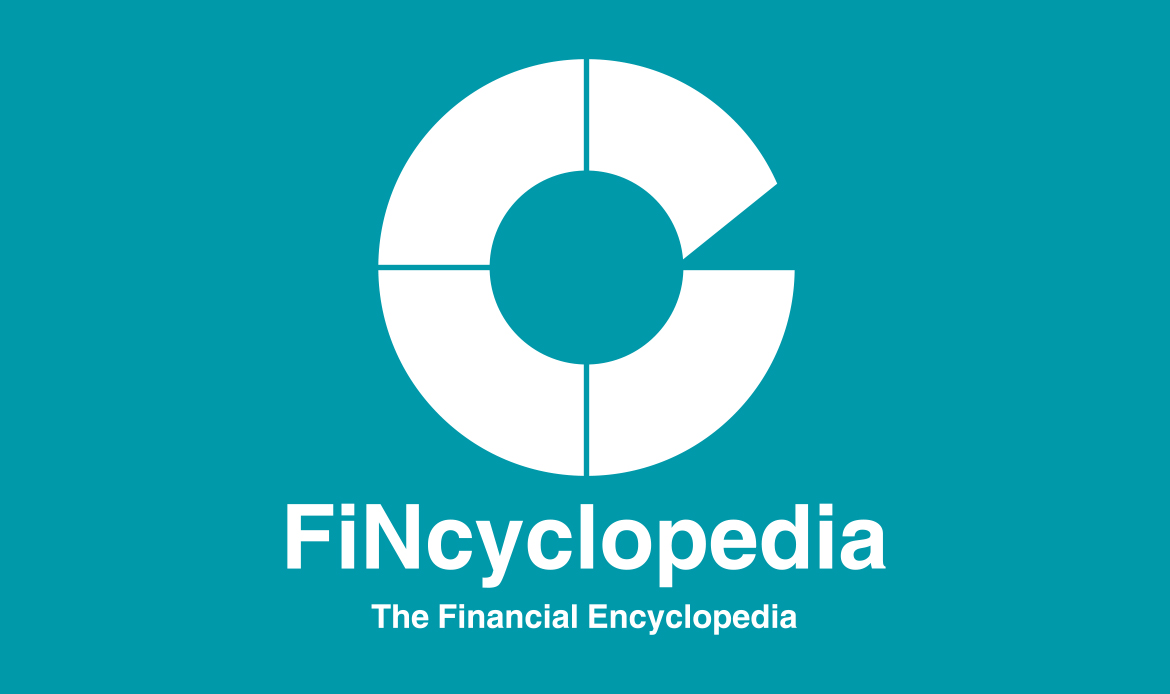An interest rate swap valuation method that views a swap as a series of cash flows for each of which is applied a zero coupon rate (spot rate). More specifically, the present value for each cash flow is determined using a spot rate. The sum of all present values is the value of the swap. The fixed rate payments are known in advance, and so figuring out their present value is straightforward. The present value of the floating rate payments is typically determined first by calculating the implied forward rates as follows:
Fi = [(d Fi/ d Fi+1) – 1] x NC
where:
Fi is the one-period forward rate from time i onward.
d Fi is the discount factor for a respective period (i).
d Fi+1 is the discount factor for the period (i+ 1)
NC is the number of coupons paid per year
The forward rates are usually implied from spot rates. The value of the swap is the net of the present value of the fixed and floating legs. The zero coupon rate is an interest rate that applies to a discount bond or note that pays no coupon and produces just one cash flow at maturity date. In practice, zero-coupon yield curves are constructed using a number of instruments such as forward rate agreements, government bonds, interest rate futures, and money market deposits.
This method is also known as a par swap pricing method.



